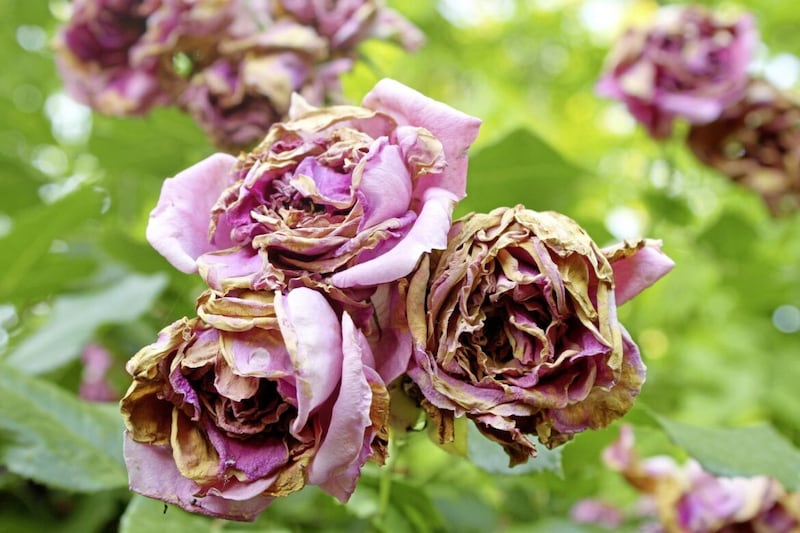NO FLOWER has fired the imagination through the ages quite like the rose. It has been used to symbolise everything from enduring love and family dynasties to counties, countries and even political parties. The rose has inspired artists, poets, sculptors and songwriters; the flowers, the scent and the thorns are universally accepted as perfect manifestations of nature – the former two its excellence, the latter its barbarism.
It's a plant whose associations tend to be feminine and a little formal, while it sometimes has a reputation for being difficult to grow. But this is to pigeonhole one of the most diverse and adaptable families of garden plants. The rose ranges from the wild abandon of the native dog rose, Rosa canina, the perfect rose to add to a boundary for both colour and security, to some of the most rigid and regimented municipal hybrid tea displays, which thankfully are growing increasingly rare.

The nomenclature of the rose is arguably the most difficult aspect of the plant to master – understand this it you'll get to know the kind of roses you like from a family that has 'something for everyone', including many over-engineered varieties that are just too garish or blousy. People tend to get bamboozled by the categories and descriptions – shrub roses, climbers, ramblers, hybrid teas and floribunda. However, roses can be broken into three broad groups – and what they all tend to have in common is a desire for full sun and fertile ground, with well rotted horse manure being particularly well received.
Read more:
Casual Gardener: Puning marvellous
Casual Gardener: Prune to be kind

Shrub roses, both new and older varieties, tend to be bigger than bush roses and will fill out a space without support. They produce flowers on new growth, which enables pruning any time between October and March, with blooms coming the following summer.
The fragrant, crimson-red flowers of Rosa 'Darcey Bussell' are especially alluring. Hybrid teas are more prized for their flowers than overall shape but the pruning principle is the same for bush and shrub varieties. They respond well to a very hard prune and dead-heading should ensure continued summer flowering.
Climbing roses are vigorous and will take a very hard pruning, enabling them to be shaped to fit any vertical space, whether it be a fence or a wall or a pergola. There are hundreds to choose from in every possible colour, many with scented blooms. Many climbers repeat-flower from early summer into autumn. The light pink, heavily scented flowers of Rosa 'Compassion' ensure it is always a popular choice of climber.

Harder to contain but no less magnificent are the rambling roses. They too grow vigorously, typically with long arching stems weighed down by clusters of small flowers that appear in a flush around June and July.
The main difference between climbers and ramblers is that the latter produces flowers on the previous season's growth. So if you prune them in early spring, as you might do all your other roses, the chances are you'll cut off most of the flowering stems.
The time to prune ramblers is immediately after flowering, usually late July early August, going as far down as you can. Recommended ramblers include Rosa filipes 'Kiftsgate', which bears masses of tiny cream-white, musk-scented flowers in midsummer, followed by red hips in autumn, and Rosa 'Albertine', with coppery pink, heavily scented flowers.







